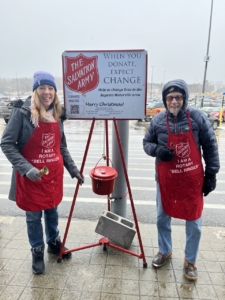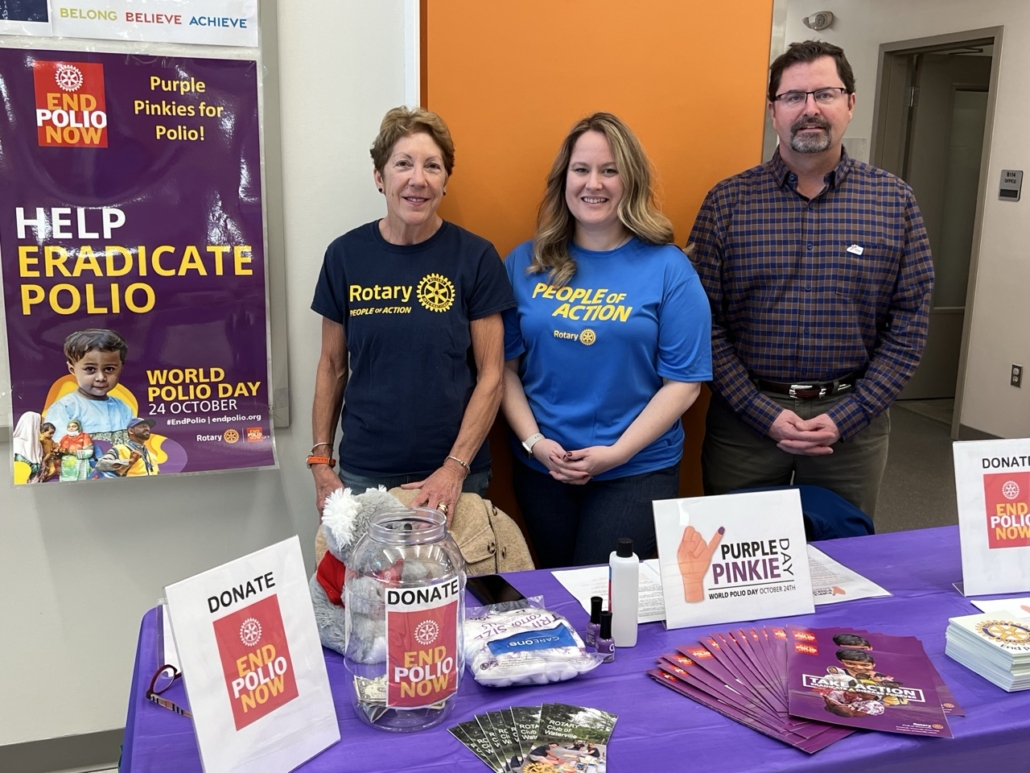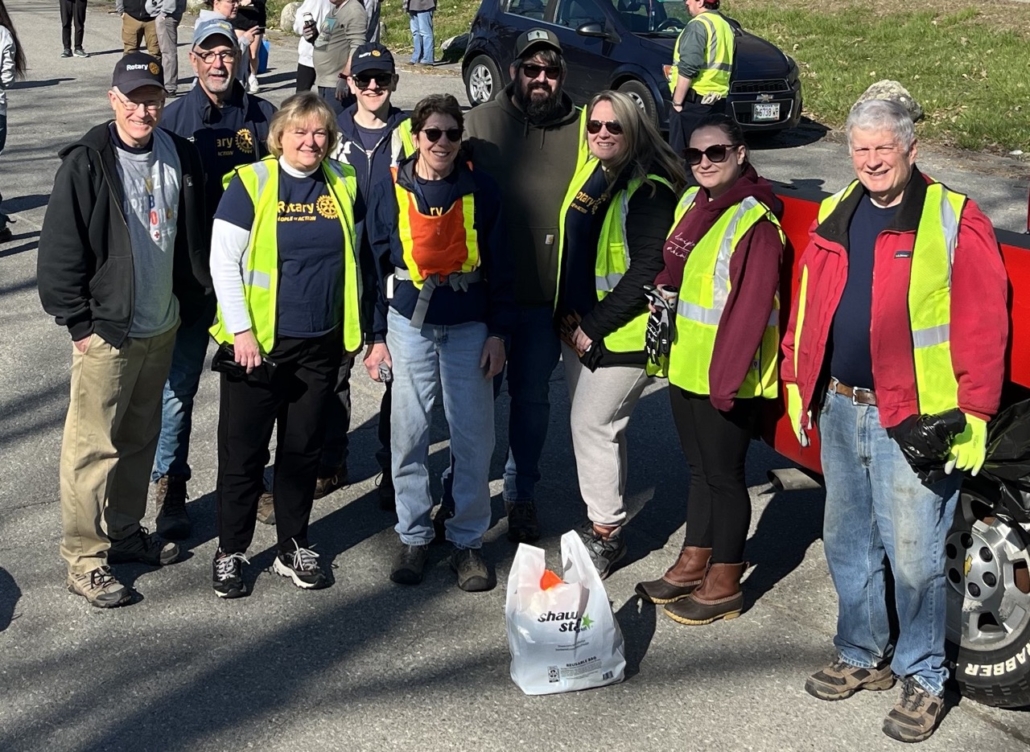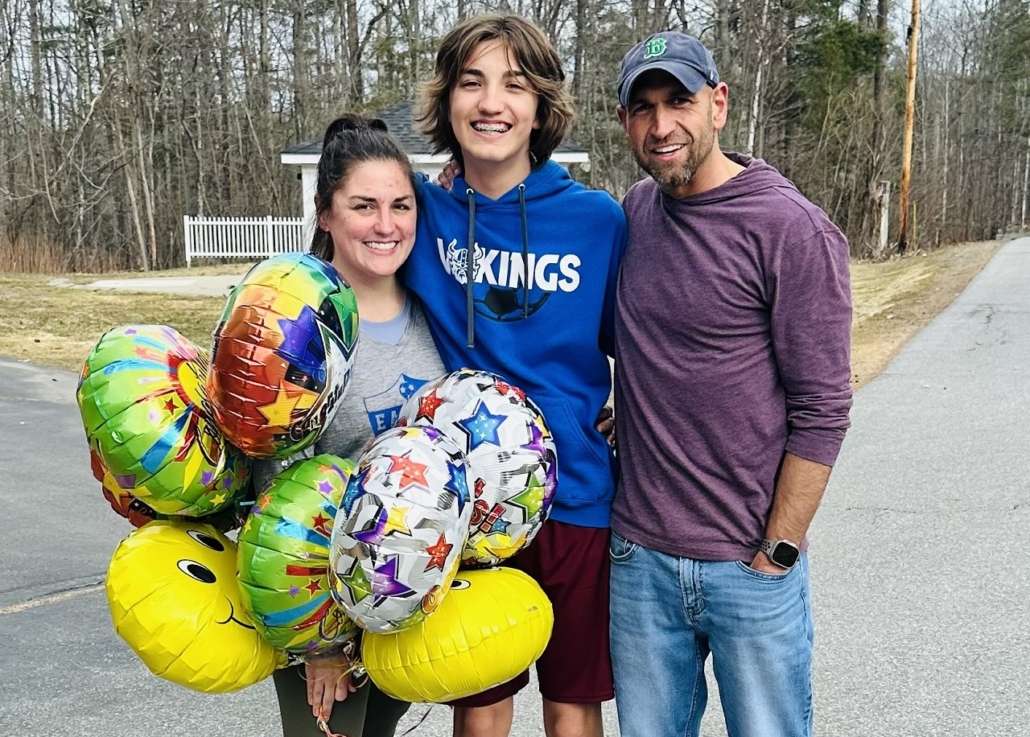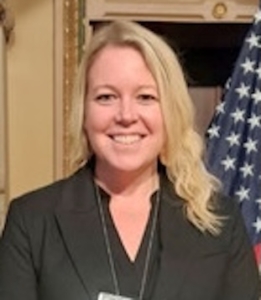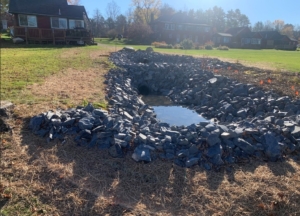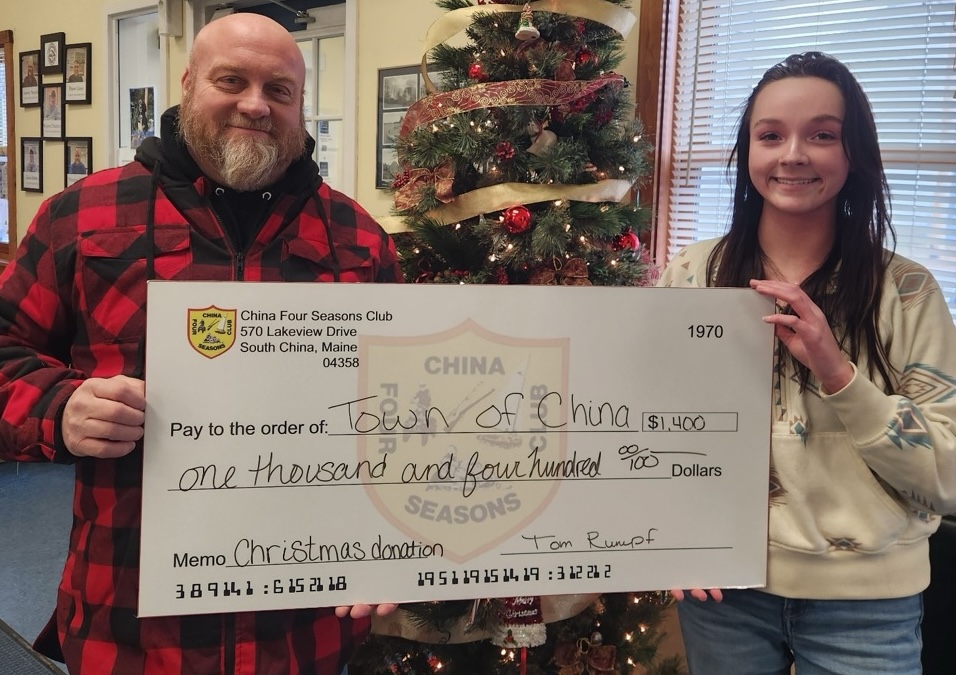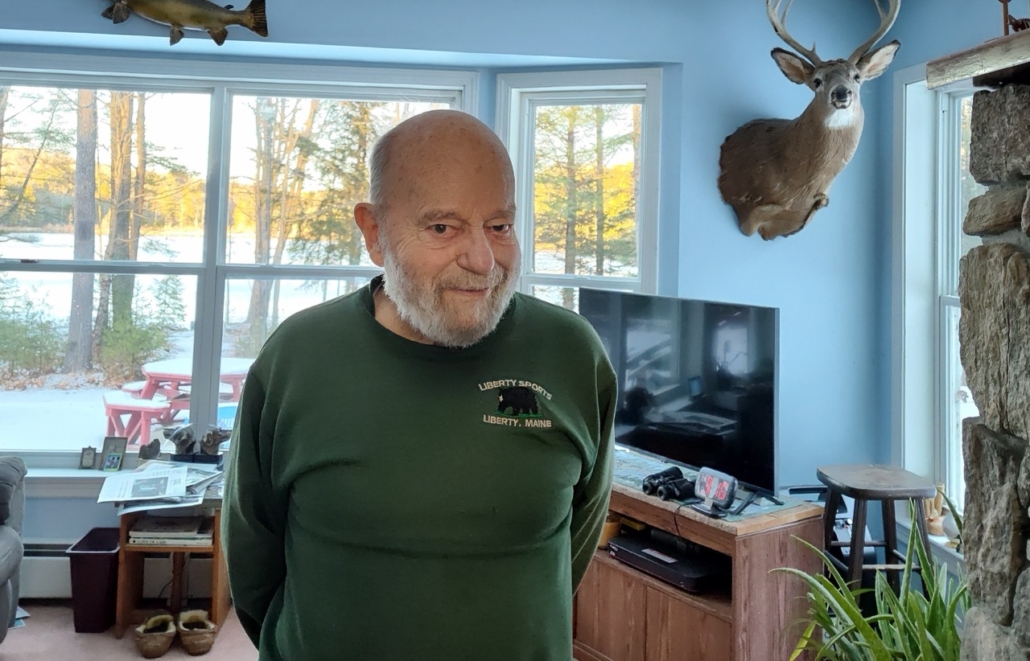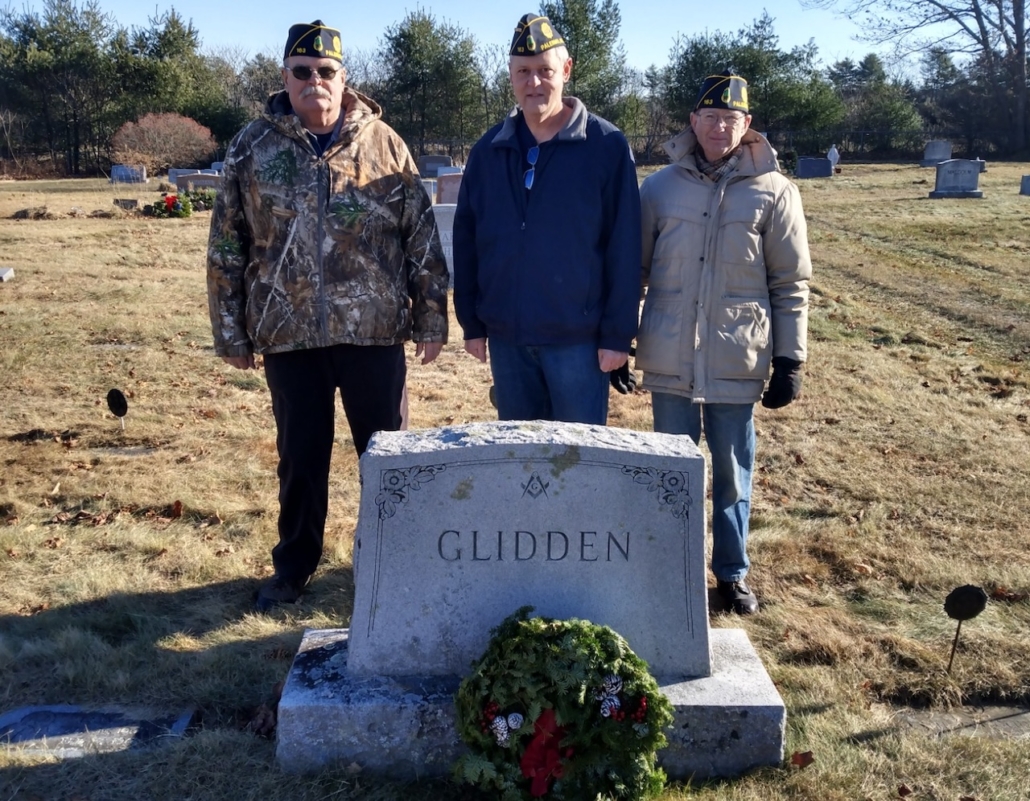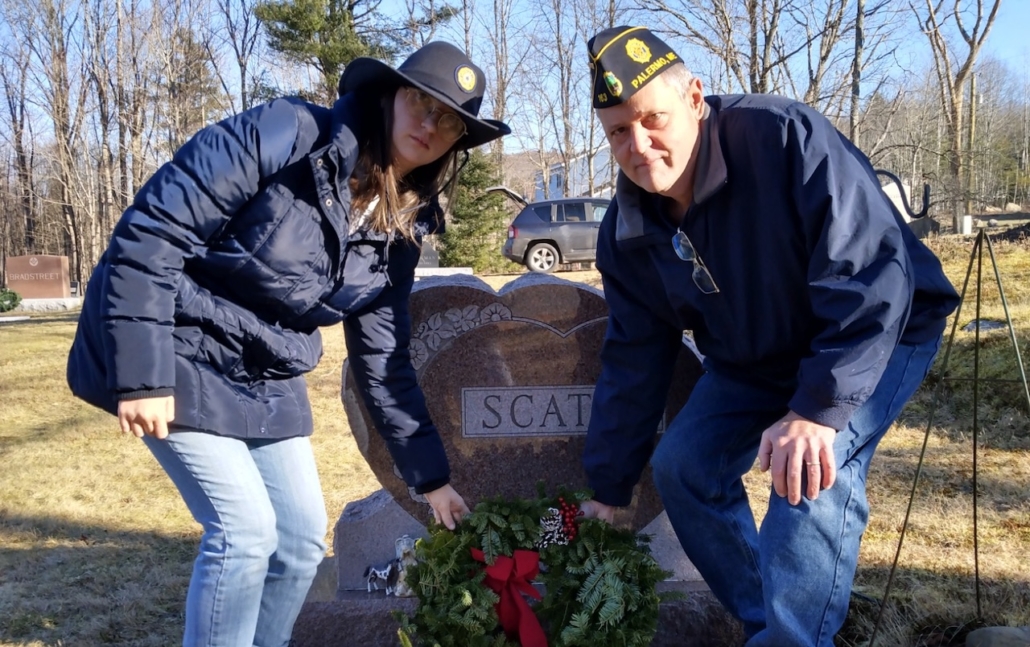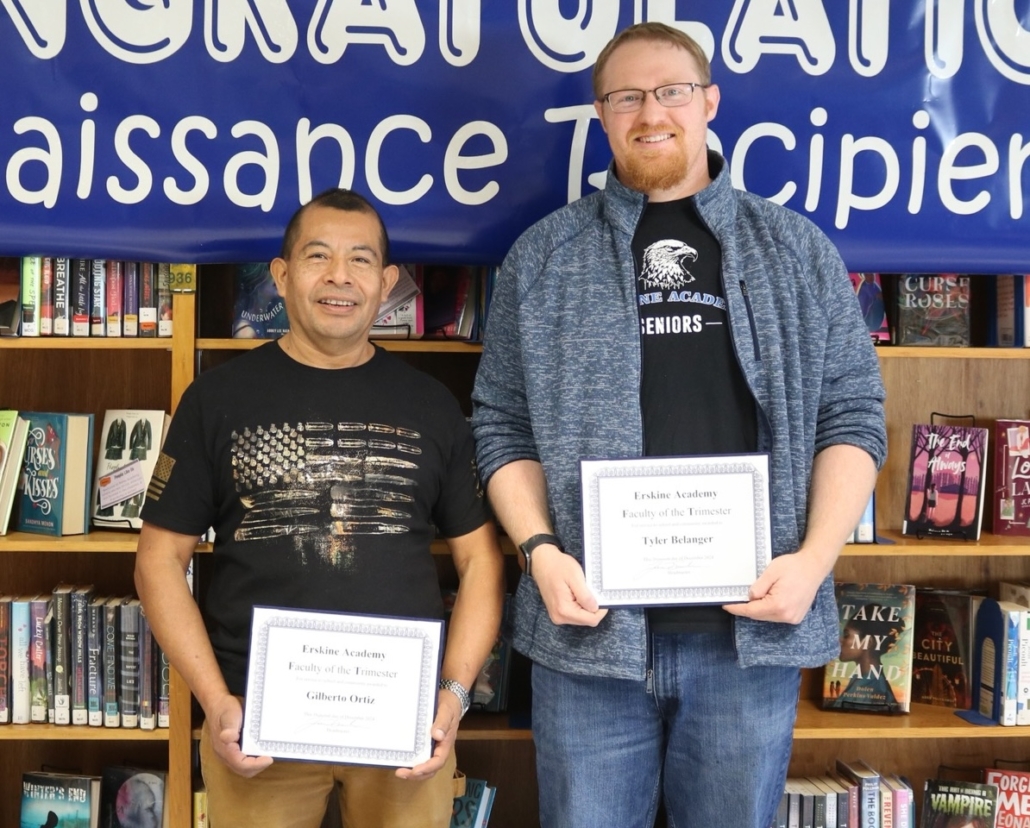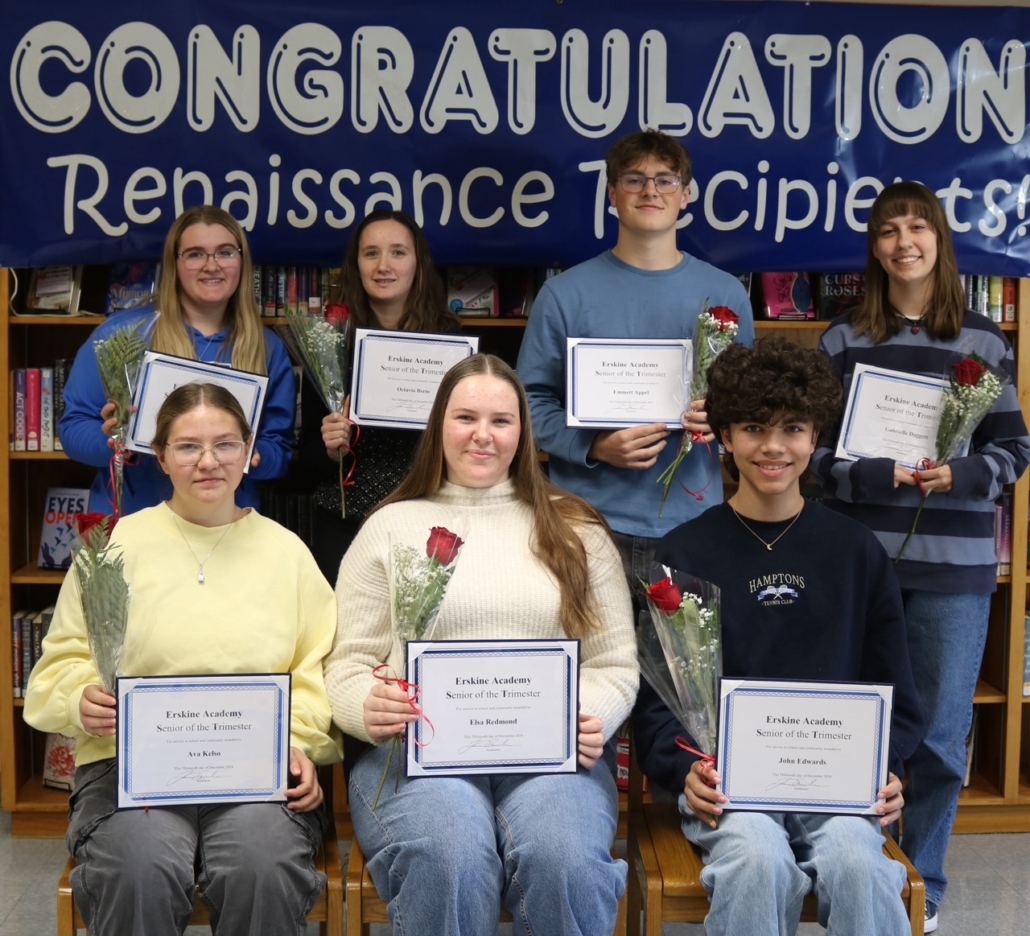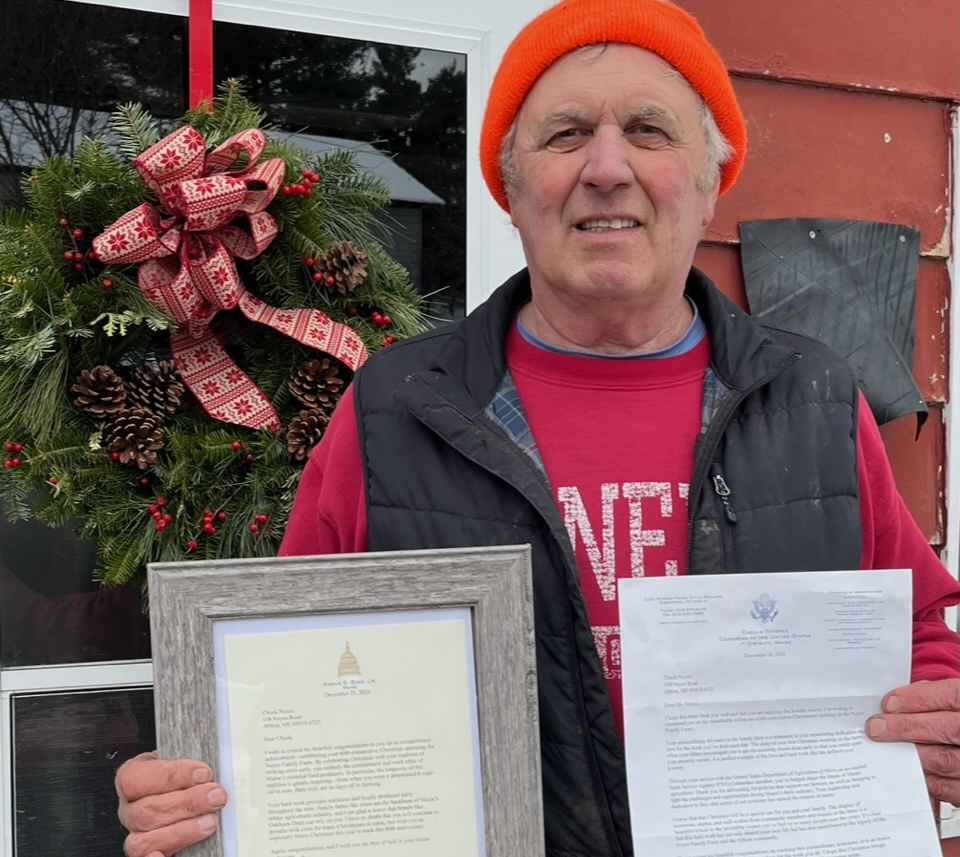
Chuck Noyes holds letters from Senator Angus King and Congresswoman Chellie Pingree. (Photo by Holly Noyes)
The Noyes Family Dairy farm, in Albion, is a true family farm. Three generations live on one dead-end road with their family’s surname. Cornfields and barns that store equipment and house animals surround the milk parlor, which is a stone’s throw away from a farmhouse where generations of members from the Noyes Family have been born, lived, and died. Each Christmas Chuck Noyes’ four children and their kids await their grandfather’s return from the cowbarn. There are no days off in dairy farming. Daily the bovines must be fed, milked, and have their spaces cleaned.
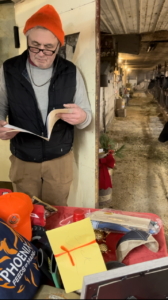
Gifts, photos, letters, and stories compiled for Chuck on Christmas morning by his children. These items recognize and celebrate Chuck’s 60 years of farming. (Photo by Holly Noyes)
Chuck Noyes is the family patriarch and owner of Noyes Family Farm. Every day, morning and evening, seven days per week, Chuck milks the herd of 90 holsteins with help from family members and hired farm hands. Morning milking happens at 5:30 a.m., and evening milking at 4:30 p.m., 365 days/year. Without fail, Chuck wakes at 4:30 a.m., each day. A milk truck comes every day or two to deliver the Noyes dairy milk down to Oakhurst Dairy, in Portland.
Chuck’s great-grandfather purchased the family farm in the late 1920s. He was a traveling carpenter. His son, Chuck’s grandpa, worked on the railroad, in Waterville. When the Depression hit and the railroad shut down, their family leaned on their land as a subsistence farm and his grandfather came home from the railroad to grow crops.
His father, Keith, was born in the main farmhouse in 1933 and died in the very same house in 2015. It was Keith Noyes, who started raising a few calves in the late 1950s. Back then the milk from those cows went to a local dairy right in Albion town center called United Dairy. As this grew into a viable financial aspect of the farm, Chuck’s father increased herd numbers, eventually signing a contract with Oakhurst Dairy. Like his father before him, Keith was a hardworking Mainer. When the time came for him to marry, Keith took a handful of days off while he and his bride celebrated their honeymoon. Upon returning home, Keith Noyes didn’t miss a single milking – morning or evening – for 17 years straight. After that streak the man allowed himself a few days here and there for hunting and fishing trips with his buddies. It was for those occasions he decided his son was ready to take on more responsibility with the farm. At age 13, Chuck was milking the dairy herd by himself.
Starting at age eight he was given the task of feeding the calves. “By the time I was nine or ten I was making five dollars per week.” Chuck did his share of daily chores and went to school. At eight years old, Keith gave him the option of not working on Christmas Day. However, they’d still have to wait until all chores were done and his father was home and fed before the children were able to start opening presents. “This got me thinking,” Chuck remembers “If I help out with chores, doesn’t that mean my dad will be in sooner and we can all open Christmas presents earlier?” Thus began Chuck’s first Christmas of working with the family cows. Now, six decades later, the man realized he hasn’t missed a single one since.
Growing up, Chuck Noyes never had any intention of taking over his family farm. After working on the farm all through high school, Chuck went to further his education at the University of Maine in Orono and graduated with no inclination of farming. At his college graduation, Chuck received a handful of job offers, all of which were postponed due to the summer farming season. Thinking he’d just work one summer more on the farm and accept one of the jobs come winter. A smile crinkles to the corners of Chuck’s eyes as he remembers this time “The rest is history”. Chuck never did end up taking one of those jobs; he’s stayed working on his family farm ever since.
“There are days that are good and days that aren’t so good. I worked with my father seven days a week for 50 years.” When asked about his favorite part of the job, Chuck states: “Being your own boss. I tell my kids that the only sh*t I take is from the cows”.
Chuck’s own four children were raised on this land, and grew up working the farm. “I remarried 13 years ago,” says Chuck. It was around eight years ago Chuck’s wife asked if he’d ever not worked on Christmas. “See that got me thinking. It was nothing I ever planned…” but Chuck Noyes has milked every Christmas day since he was eight years old.
What does this generational dairy farmer have to comment on the matter? “I consider myself lucky to have had the health and ability to do it. I consider myself fortunate.”
And so began another cycle of family Christmases on the farm. Chuck’s own children would have to wait for him to get home from milking and chores on the holiday before they ate a traditional Christmas brunch together and finally opened presents. One memorably cold Christmas, the motor on the feed arm of their old concrete vertical silo stopped working. Chuck had to climb up the old silo and hand-shovel feed to the dairy herd. That definitely delayed their family present opening!
So, if holidays and weekends are just as work-filled as any other day, when do dairy farmers relax, reflect, and celebrate? Christmas is one of the few days of the year their family always makes sure to be together. It is a rarity that they actually make time to kick-back, rest, and eat together. The only other time this happens is in the heat of the summer, on their days making hay. Once the day’s hay is cut, dried, baled, and stacked in the barn, this dairying family and hay crew has a tradition of eating a farm-fresh meal together. “It doesn’t matter what time of day we’re finished, it could be 9 p.m., we all sit down at the picnic table together,” says Holly Noyes, one of Chuck’s daughters.

One of the two collapsed barns from December 18, 2023. (photo by Chuck Noyes)
According to Holly, the theme of this year is resilience. Challenges from the past year resulting from the storm last December that collapsed two barns on the Noyes Farm. “Before the December storm last year, our barns withstood two hurricanes. Last December 18 I watched those two barns collapse. It was a different storm than I’d ever seen.” Remarks Chuck. Building a new barn to replace what collapsed in the storm has been much harder than it would have been in the past due to cost of materials and limited availability of building materials and help. Holly had to apply for grants for the farm to receive funds to rebuild their lost structures.
When asked about the future of the farm, Chuck says, “I don’t ever want to see this land sold, and I have no desire to sell it.” When asked about his own future full-time farming at 68 years young, Chuck remarks “As long as I can climb on a tractor and cut hay, I’ll keep farming.” To that he adds, “There’s always a market for hay”.
This Christmas, Chuck’s children planned a special surprise for their father. Over the last month they’ve reached out to friends, neighbors, employees, and community members who have been involved with the Noyes farm over the last many years. They requested a memento such as photos, stories, or favorite memories of Chuck and the farm. Responses poured in! The Noyes children set up a display of these items to surprise Chuck on Christmas morning. Even Senator Angus King and Congresswoman Chillie Pingrie wrote personal letters recognizing and celebrating his achievement! Holly wrote: This 60-year milestone is one Chuck holds close to his heart, feeling incredibly fortunate to have spent these years doing what he loves on Christmas Day.
This year’s recognition certainly caught Chuck by surprise, “I feel very humbled by all the attention I’ve received from everywhere. I definitely did not expect any of this.”

Chuck Noyes on the tractor. (photo by Holly Noyes)
